I’ve always loved bologna—yes, you read that right. My lunches as a kid revolved around a savory slice on white bread, and I still find myself craving it sometimes.
But bologna’s got a reputation problem, largely thanks to wild rumors that just won’t die. Below are 25 myths that might be scaring you away.
Let’s bust them once and for all!
1. Bologna Is Made From “Mystery Meat.”

I used to picture giant vats of unidentifiable stuff swirling around. Turns out, bologna must contain real meat (beef, pork, or chicken). By law, it can’t just be random bits.
Those packages you see in the deli aisle? They’re required to list the exact type of meat used. So if you check the label, you’ll notice that beef or pork is usually front and center.
2. Bologna Is Just A Bunch Of Scraps.
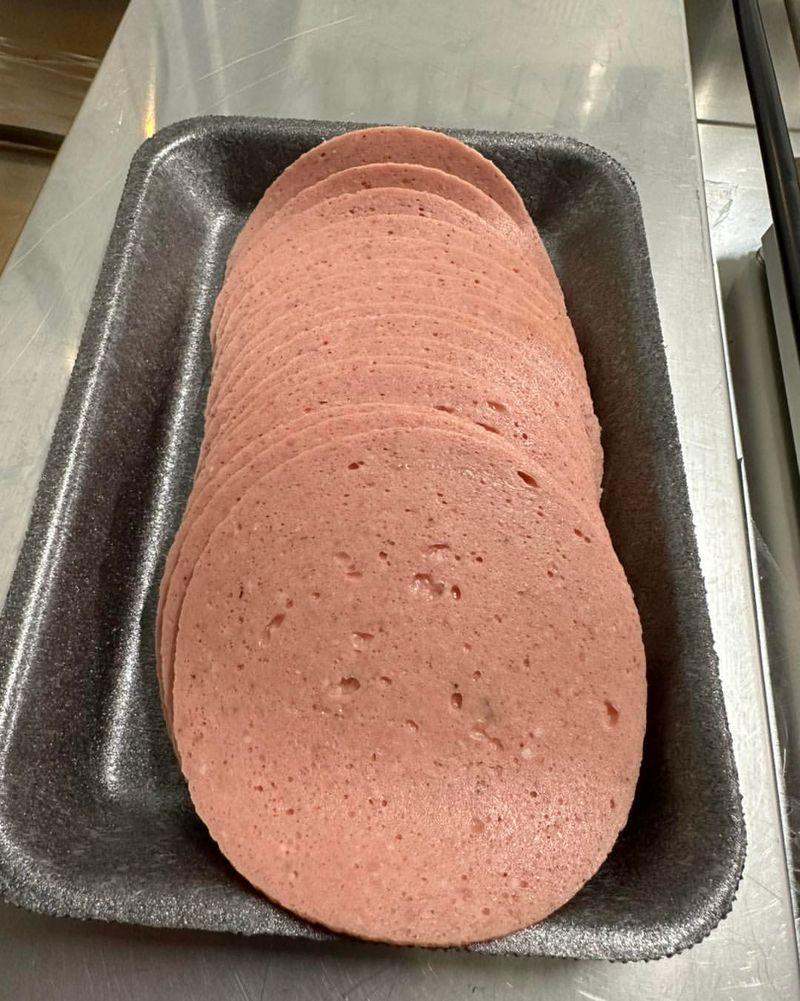
The word “scraps” sounds scary, but it’s not as terrible as you think. These are regulated trimmings—still good cuts, just smaller pieces left after larger roasts or steaks.
I once toured a small processing plant and realized there’s real oversight and standards. So yes, it’s bits and pieces, but it’s not some basement operation with floor-swept leftovers.
3. There’s No Real Meat In Bologna.
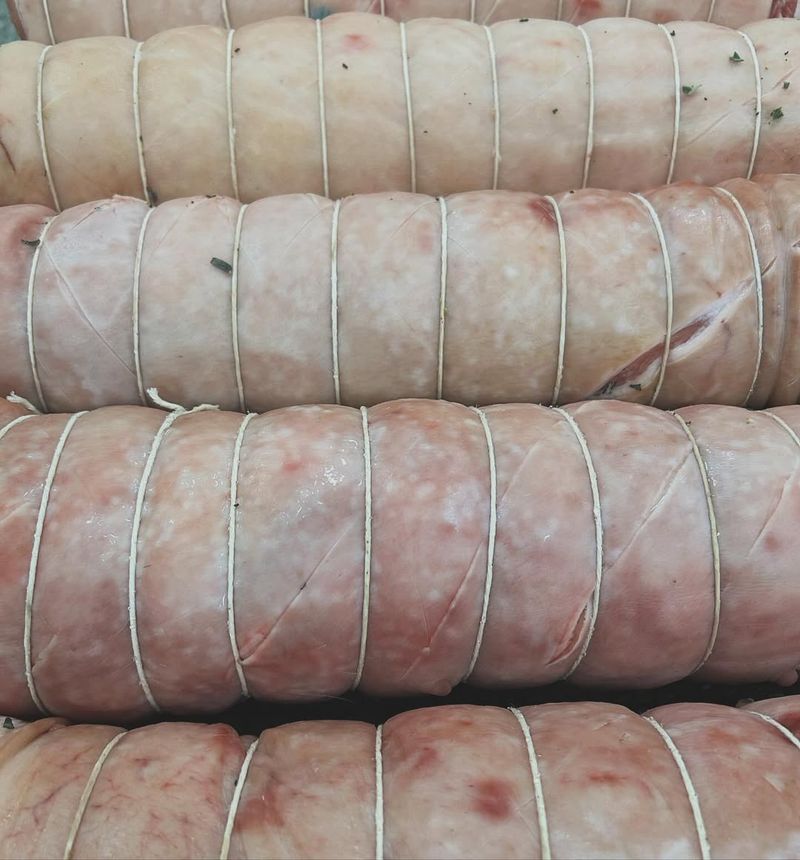
Some folks claim the slices are basically all fillers and no substance. But USDA standards say otherwise, requiring a certain percentage of actual meat.
Back in my unsure days, I researched the regs and was surprised how strict they are. If it fails to meet the meat content threshold, it can’t be labeled bologna.
4. Bologna Is Full Of Chemicals And Artificial Ingredients.
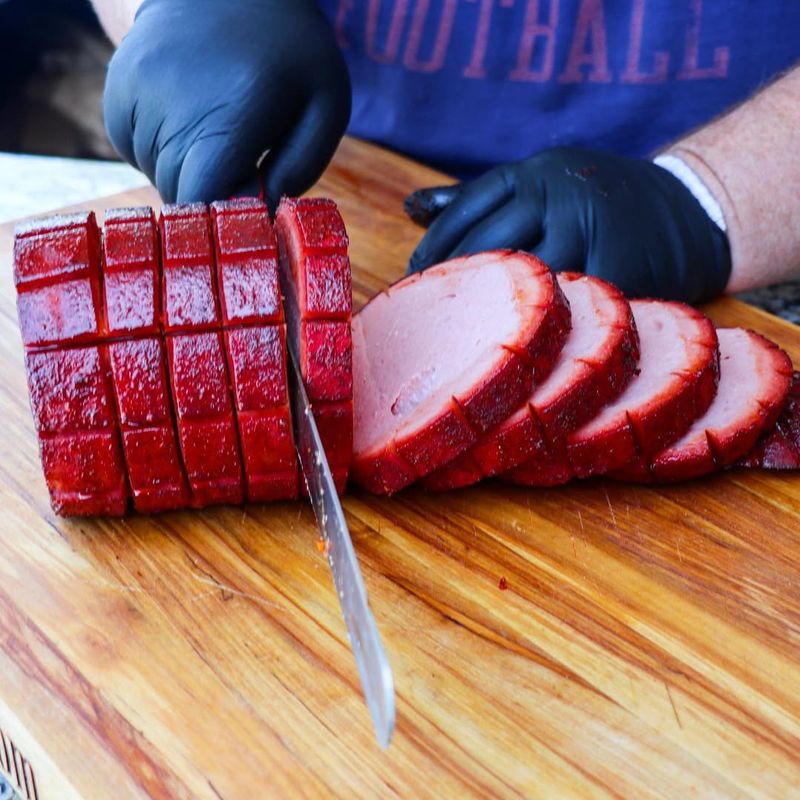
Sure, you might find brands with colorings and preservatives. But many producers now offer simpler, more natural ingredient lists.
It’s a bit like how you can buy all-natural hot dogs. If you want a cleaner version, read those labels. You might be happily surprised by shorter ingredient lists.
5. Bologna Is Basically Just Hot Dogs In A Different Shape.
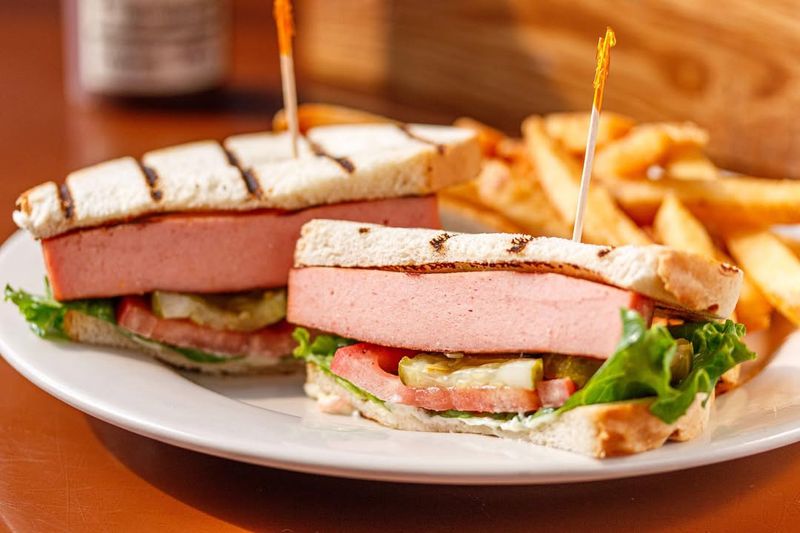
Both are emulsified sausages, but their spices, textures, and shapes do differ. Hot dogs lean lighter on seasoning, while bologna’s often got a unique spice blend.
I’ve tried making homemade bologna once (a messy adventure), and it wasn’t just an oversized hot dog. The flavor profile was tangier and more robust.
6. Bologna Is Always Unhealthy

This one might come from the rumor mill about “lips and snouts.” But most commercial bologna uses trimmings from quality cuts, nothing truly gruesome.
I used to freak out about it too, but I’ve seen inspections. They can’t toss random weird parts in there—USDA rules are pretty unforgiving.
7. Bologna Is Raw Meat.
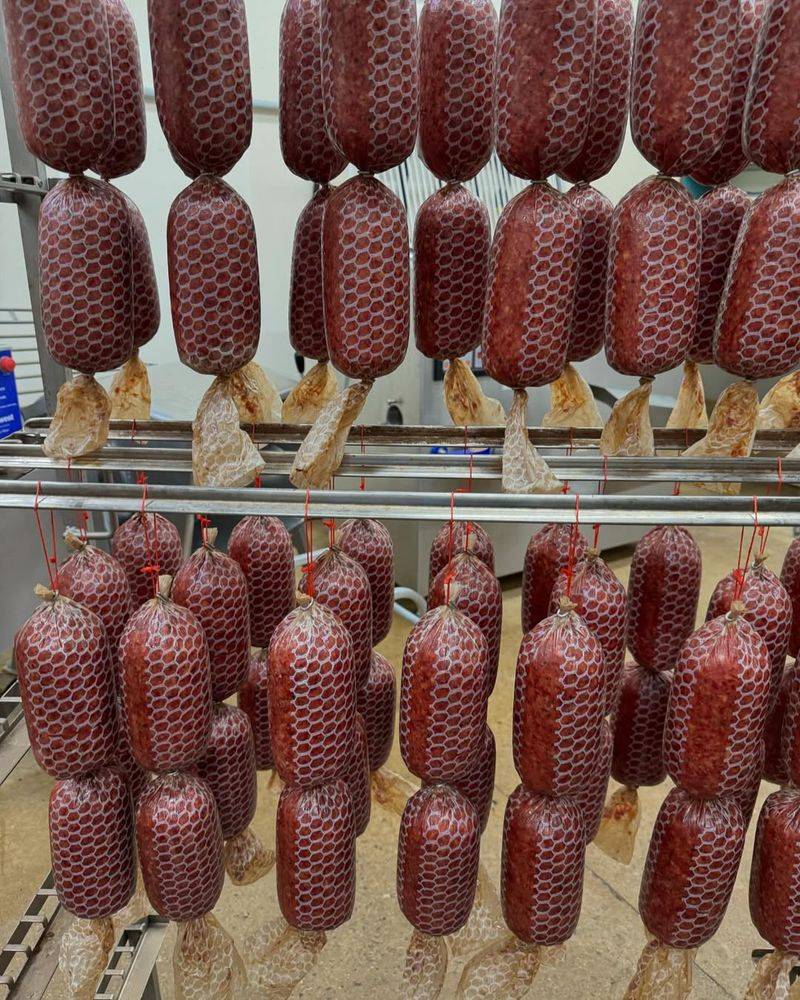
Nope. Bologna is fully cooked, just like many sausages. You can eat it straight from the package with zero cooking needed.
I remember my grandma slapping a cold slice on bread, calling it lunch. Turns out she was absolutely right—it’s safe to do so.
8. Bologna Contains Ground-Up Bones.
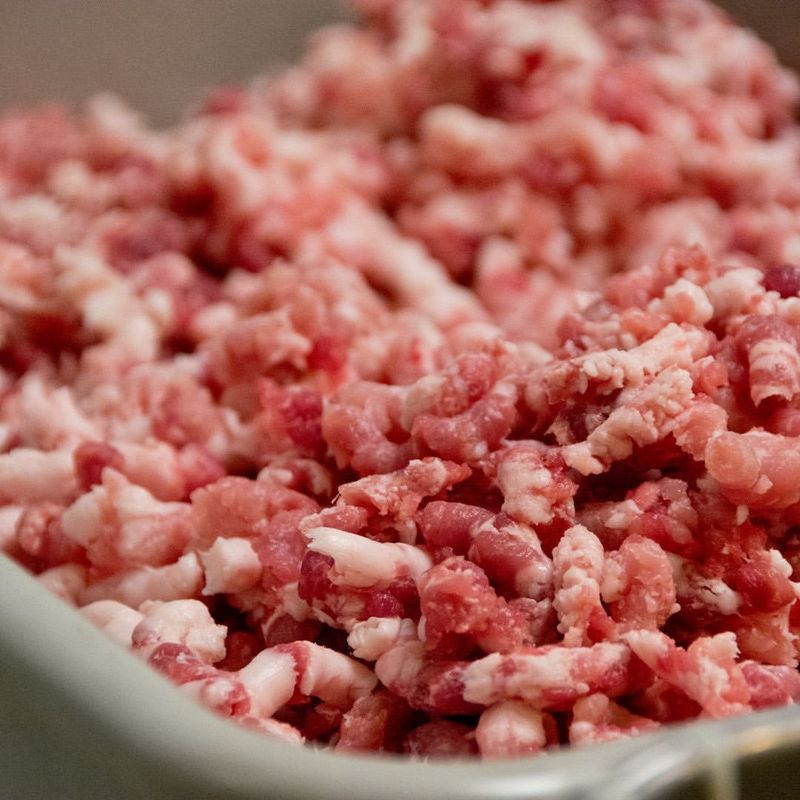
Any non-meat materials (like bone or gristle) get removed during processing. They don’t magically dissolve into the mix.
Years ago, I worried about crunchy bits, but that’s mostly a thing of the past. Modern grinding and emulsifying technologies are way more precise.
9. Bologna Has To Be Artificially Flavored.
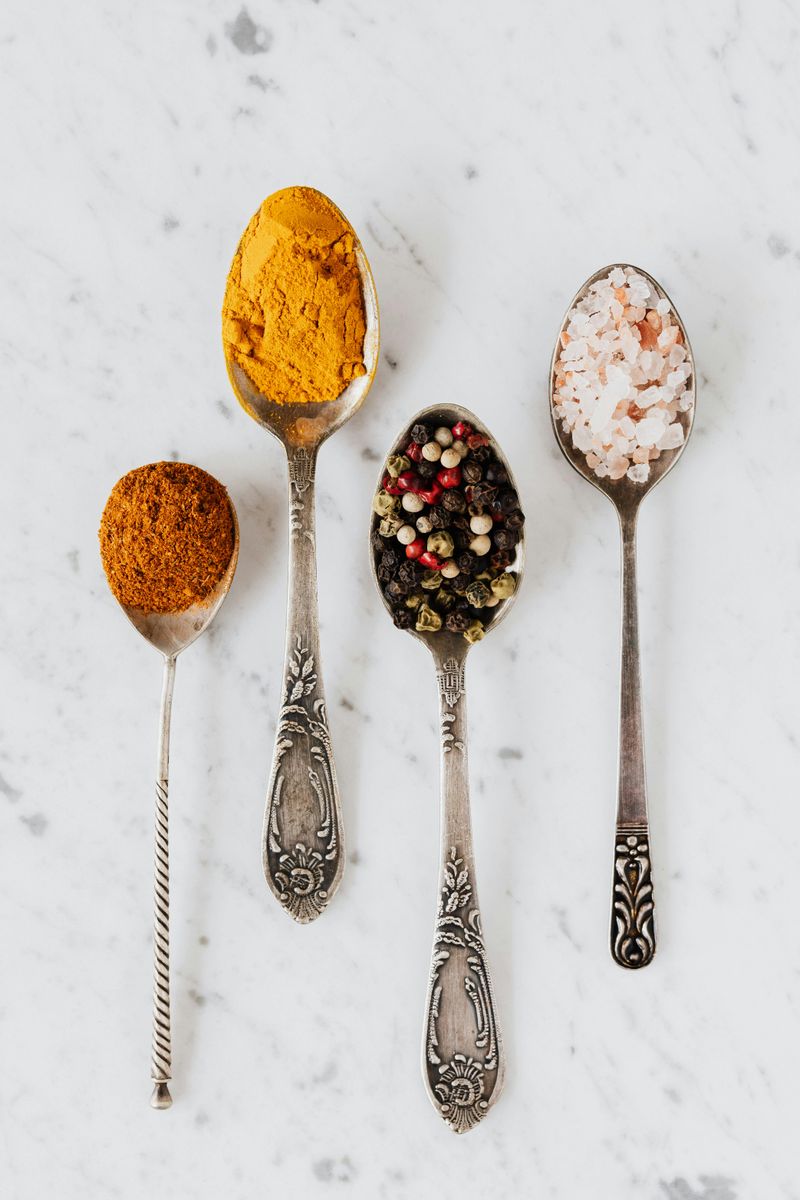
Some do rely on artificial flavors, but many old-school butchers still use natural spice mixes. Think salt, pepper, coriander, maybe a touch of garlic.
I’ve tried artisanal bolognas that taste unbelievably fresh—no bright-yellow dyes, no synthetic “smoke.” So you’ve got options if you want authenticity.
10. All Bologna Is Processed The Same Way.
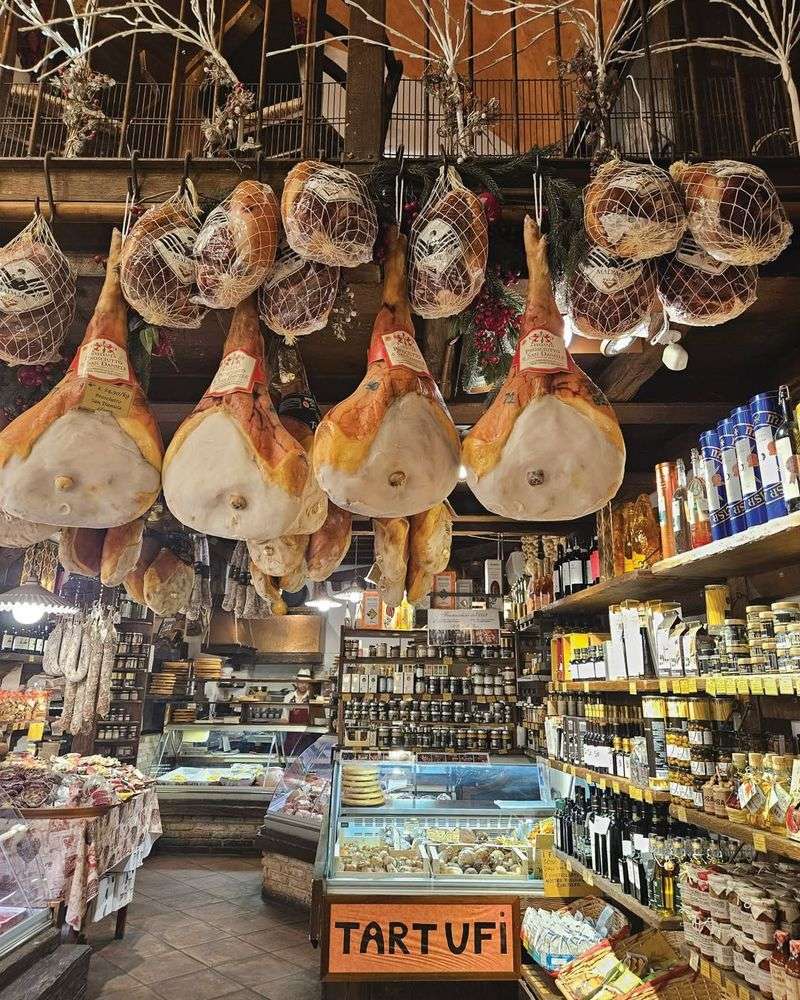
Different countries, and even different regions, have unique methods. Mortadella (its Italian cousin) is chunkier and includes visible fat cubes.
I learned about German-style bologna, known as “Bierschinken,” which has chunks of ham in it. So no, it’s far from a one-size-fits-all scenario.
11. Bologna Is One Of The Unhealthiest Meats.
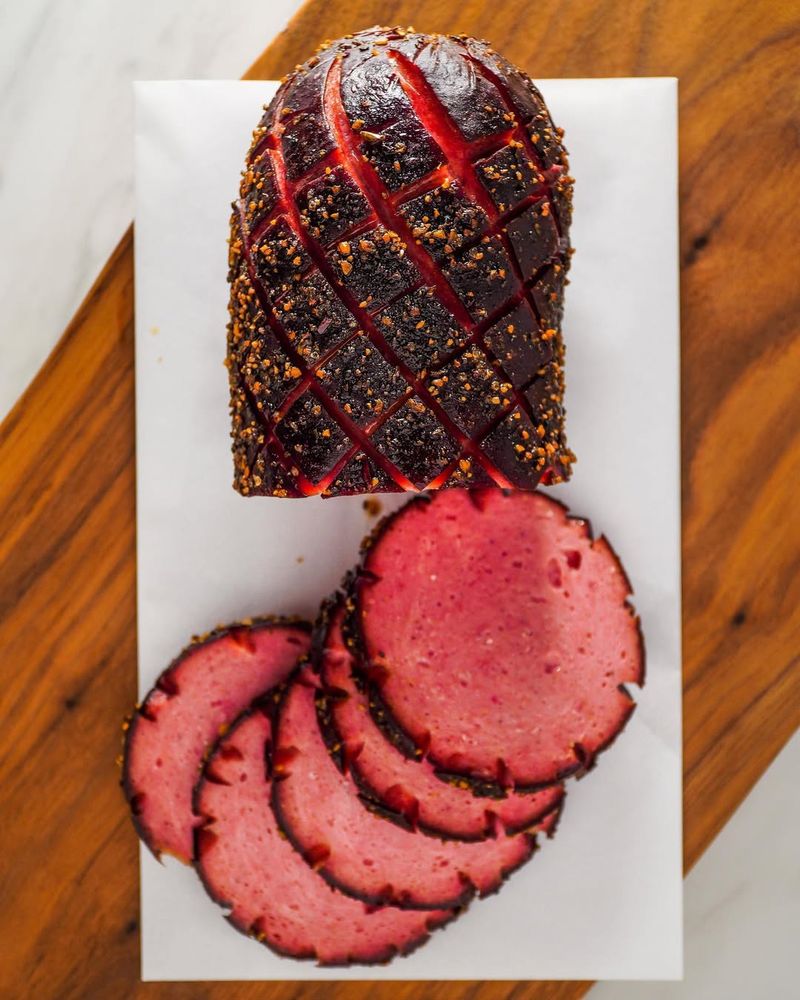
Bologna is processed, sure, and can be high in fat or sodium. But some varieties are leaner, with reduced salt. Moderation matters.
I found a turkey bologna that’s surprisingly light. If you’re mindful of portion sizes, it’s not a death sentence to enjoy a sandwich once in a while.
12. Bologna Is Loaded With Harmful Nitrates.
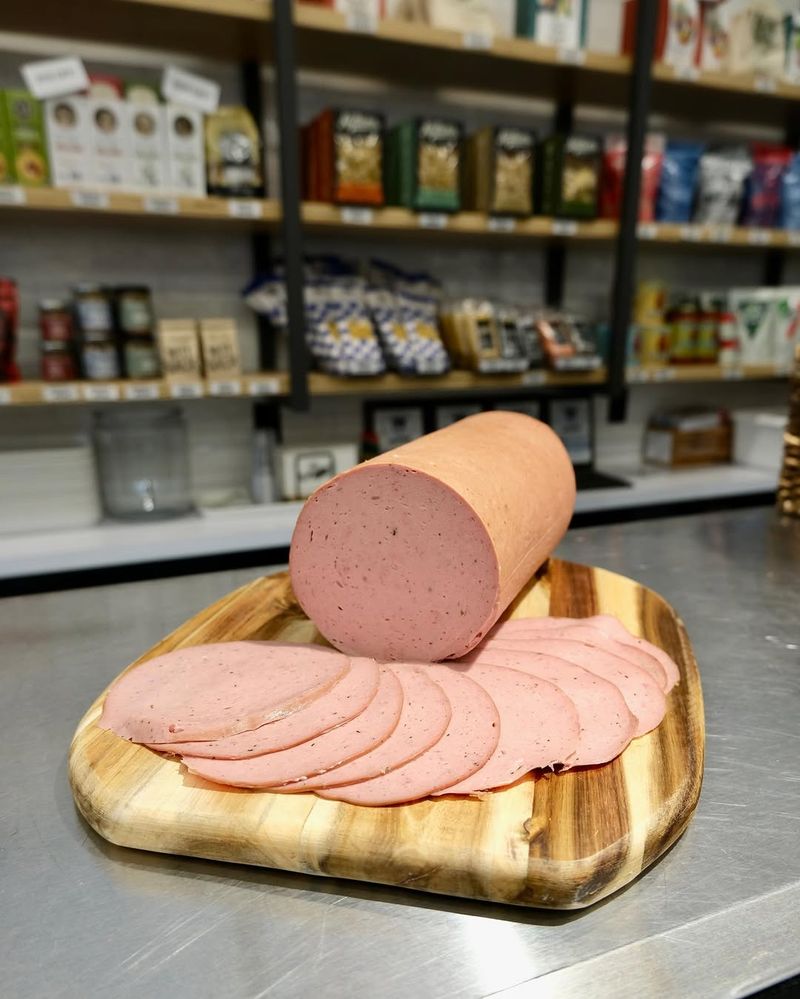
Many lunch meats do have nitrates or nitrites for preservation. But nitrate-free or naturally cured bolognas exist if you’re concerned.
I used to panic about the word “nitrate,” but realized I can choose brands that use celery juice or other natural preservatives. The more you know, the more you can adapt.
13. Eating Bologna Causes Cancer.

Processed meats have been linked to increased cancer risk if consumed excessively. But “moderation” is the keyword.
I wouldn’t suggest living solely on bologna sandwiches. Mix up your proteins, keep a balanced diet, and there’s less cause for alarm.
14. Bologna Has No Nutritional Value.
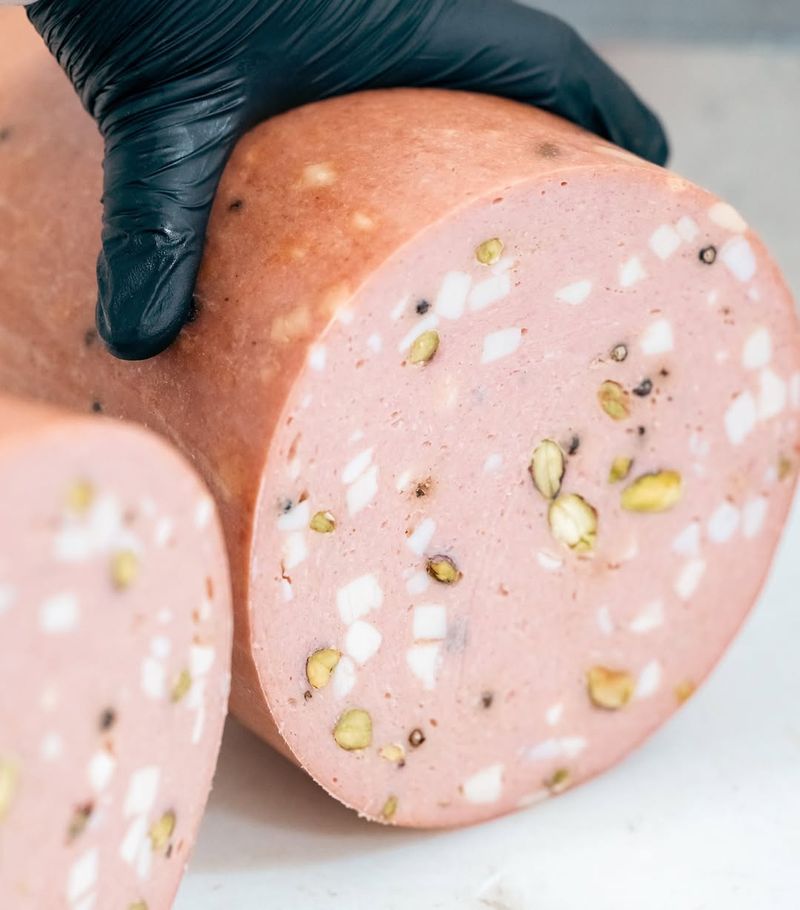
It does have protein, iron, and B vitamins. Sure, it’s not a superfood, but calling it nutritionally void is unfair.
I realized this when I was logging my macros for a fitness challenge. Even a slice of bologna can contribute some protein. It’s not just empty calories.
15. All Bologna Is High In Sodium And Fat.

Certainly some brands are salt bombs, but you can find reduced-sodium, lower-fat options. They taste different—less salty punch—but it’s a trade-off.
I tried a low-sodium variety that worked great in a grilled sandwich. My mouth didn’t miss the salt, especially when I added tangy mustard and crisp lettuce.
16. Bologna Was Invented In America.

It actually traces back to Mortadella from Bologna, Italy. That’s where the name originates, though the American version evolved on its own path.
As a kid, I assumed “baloney” was pure Americana. Learning its Old World roots added a little sophistication to my lunchbox nostalgia.
17. Bologna And Mortadella Are The Same Thing.

While both share a lineage, mortadella has cubes of fat and often spices like peppercorns or pistachios. American bologna is more uniformly emulsified.
I discovered Mortadella’s silky texture on a trip to Italy. Definitely more luxurious, but my heart still loves a good old bologna slice now and then.
18. Bologna Is Just For Sandwiches

Yes, it’s a sandwich superstar, but folks fry it, dice it into pastas, or even toss it in salads. Fried bologna with a crispy edge is heavenly.
Once, I even saw a recipe for bologna tacos. Sound odd? Maybe. But that’s the beauty of culinary creativity—bologna is more versatile than you’d guess.
19. Bologna Has Always Been A Cheap, Low-Quality Food.
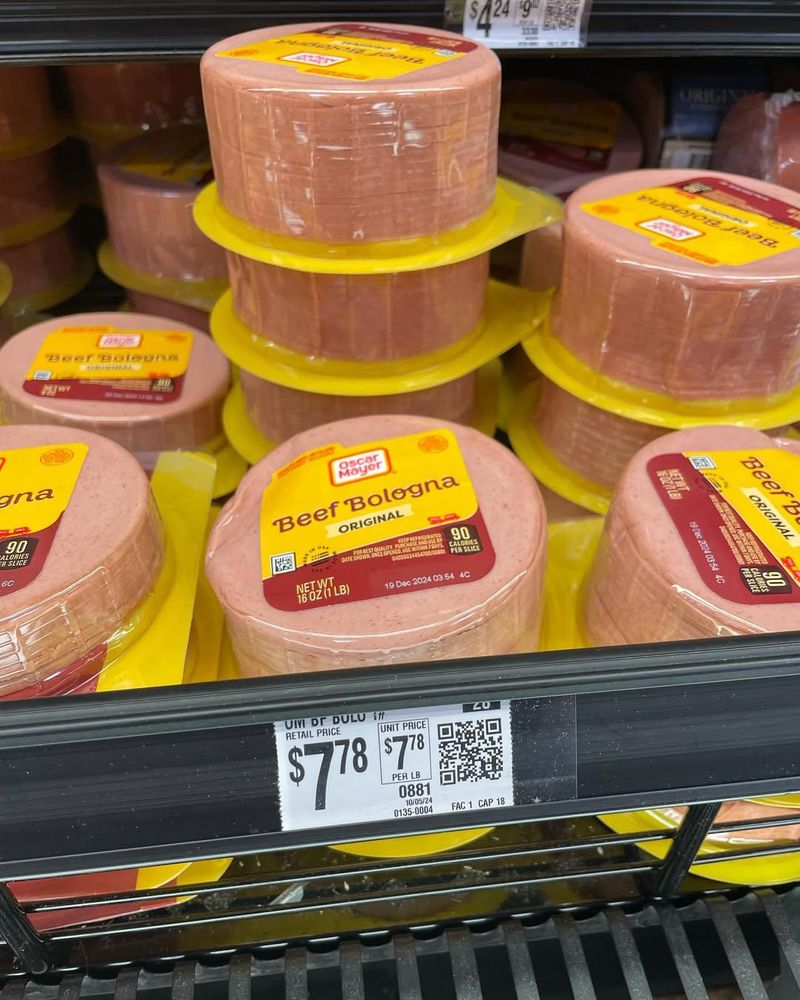
Historically, mortadella was a luxury in Italy, reserved for special occasions. Only later did it become an affordable staple in the U.S.
When I learned about its old reputation as a delicacy, I started seeing bologna in a new light. It used to be fancy fare, believe it or not.
20. Bologna Never Expires.

Despite preservatives, it can and does spoil. You still need to check labels and store it properly in the fridge.
I’ve made the mistake of forgetting a pack in the back of the fridge. Let’s just say the smell when I found it was proof bologna isn’t immortal.
21. You Shouldn’t Freeze Bologna.
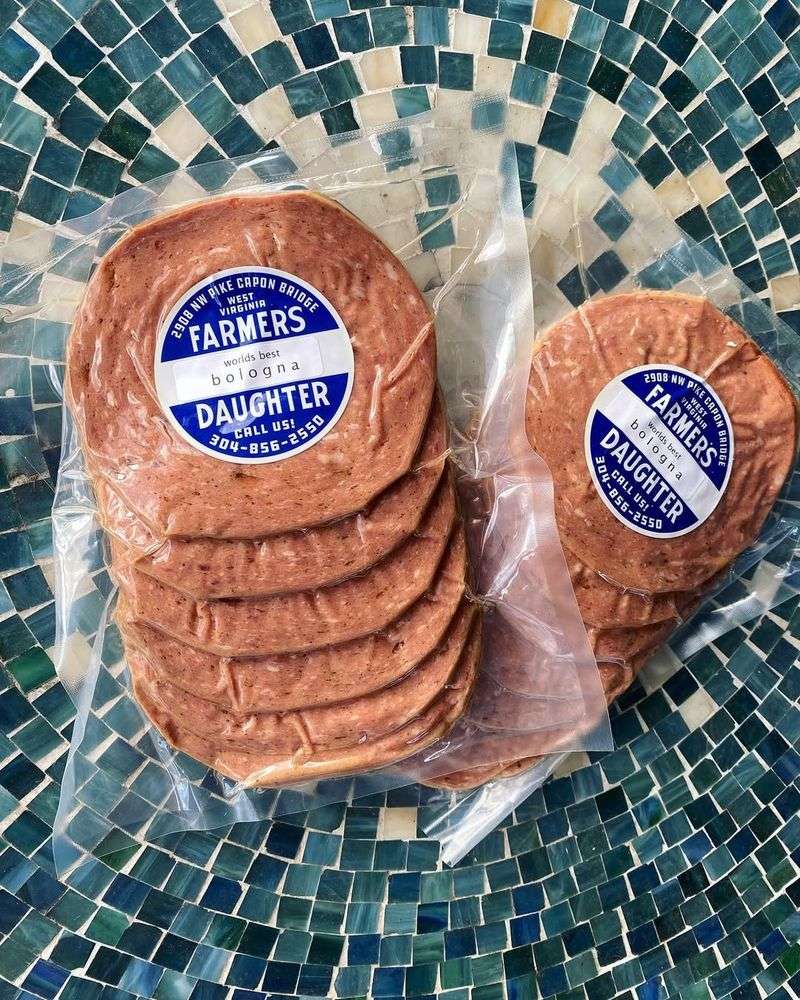
Freezing is possible, though it can alter texture slightly, making it a bit watery after thawing. But it’s not a total no-no.
I’ve successfully frozen leftover slices when I overbought. Thawing them was fine for frying or cooking, though maybe not for a picture-perfect cold sandwich.
22. Bologna Must Be Eaten Cold.
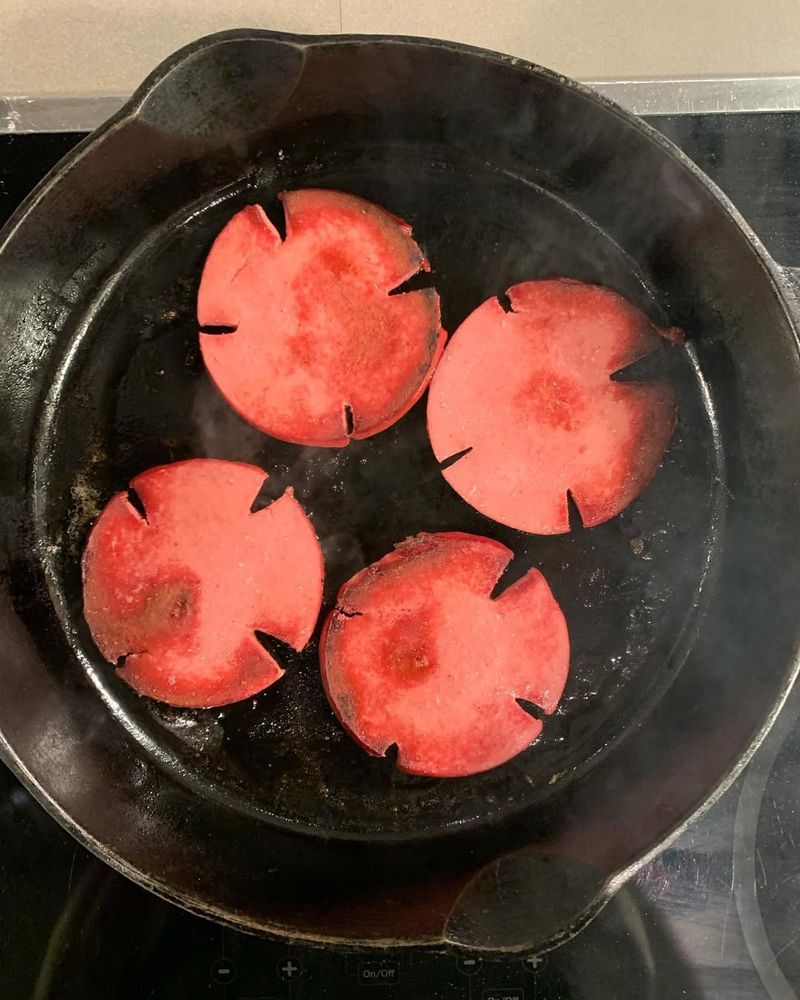
Sure, cold bologna on white bread is a childhood classic. But fried bologna or grilled bologna are next-level treats.
That sizzling, slightly charred edge transforms the flavor. Try it once, and you might never go back to plain cold slices again.
23. If Bologna Changes Color, It’s Spoiled.
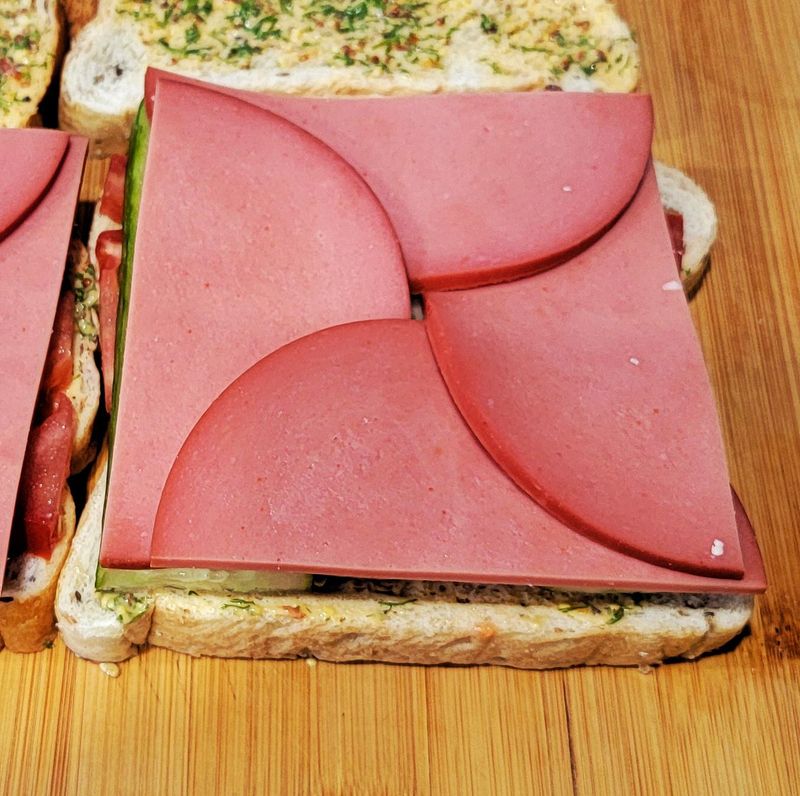
A slight change in hue doesn’t automatically mean doom. Oxidation can darken the surface, but it might still be okay if it smells fine and the date is good.
Of course, if it’s turning green or giving off a funky odor, toss it. But mild color variation can be normal—trust your nose more than your eyes.
24. Bologna Smells Bad Because It’s Old.
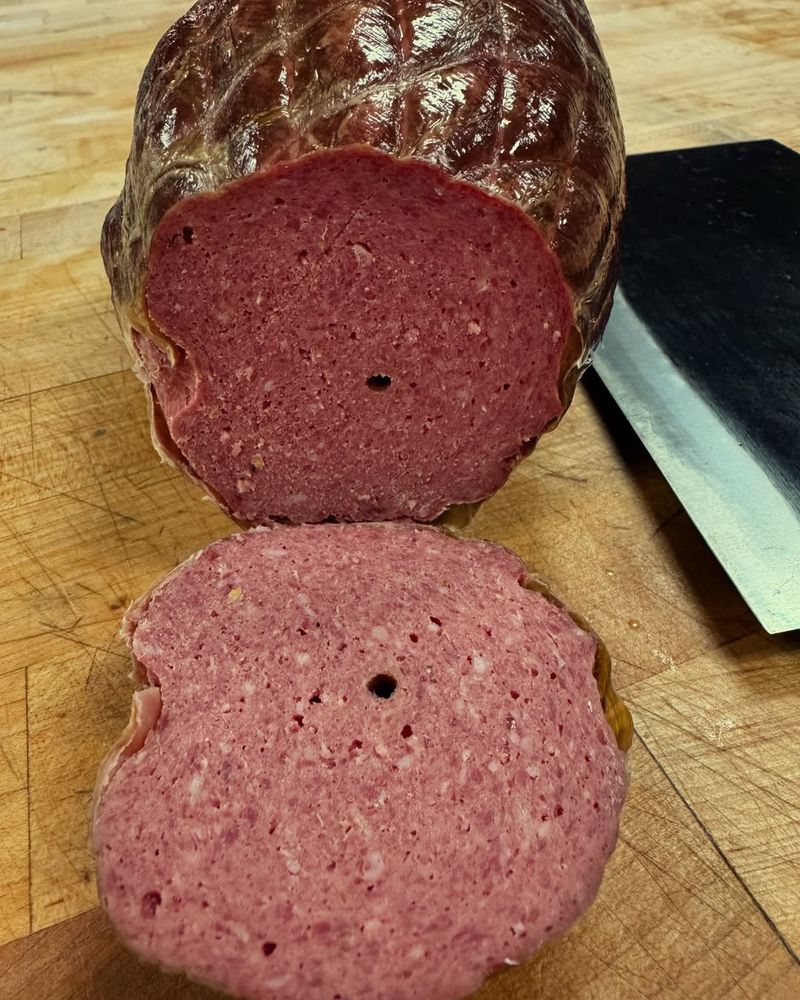
Some bologna varieties have a strong aroma due to seasoning, not spoilage. Garlic-heavy or smoked bologna can pack a punch right out of the package.
I’ve been startled opening a pack of garlic bologna, thinking it had gone sour. Turns out, it was just extra garlicky. Always check for off-smells, but don’t panic over a pungent spice profile.
25. Bologna Isn’t Eaten Outside The U.S.

Plenty of global cuisines have sausage-like lunch meats. Some might not call it “bologna,” but the concept is universal.
France, Germany, Brazil—all have local twists. Once, I tried a Spanish version with olives, proving we’re not alone in our bologna affection.

